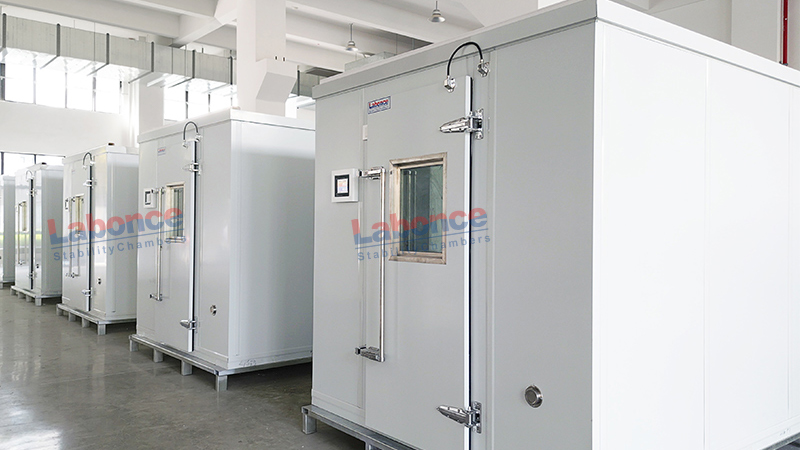 Industry News
Industry News Industrial Manufacturing: AI-Driven Upgrade of Smart Manufacturing
Industrial Manufacturing: AI-Driven Upgrade of Smart Manufacturing
2025-08-27
2025-05-13
2025-05-26
2025-06-03
2025-06-20
2025-11-20
 Current Affairs
Current AffairsI. Equipment Definition and Core Positioning
As a key testing equipment in the pharmaceutical industry, the pharmaceutical stability test chamber's core function is to simulate the environmental conditions that drugs may encounter throughout their entire life cycle. By precisely regulating key parameters such as temperature, humidity, and light, it provides a controllable test environment for drug stability evaluation. Designed around drug quality assurance, it meets the environmental adaptability verification needs of drugs from research and development to post-marketing storage and transportation, serving as an important technical link between drug quality standards and practical application scenarios.
II. Main Functions and Quality Assurance Value
In the drug research and development phase, the equipment can simulate the environmental characteristics of different climatic regions (such as high-temperature and high-humidity southern areas, and low-temperature and dry northern winters). It observes changes in the content of active pharmaceutical ingredients, impurities, and appearance stability, providing core test data for determining drug shelf life. In the production quality control link, sampling tests are required for each batch of products to verify whether the production process stability and packaging tightness meet standards, preventing drug deterioration caused by environmental factors. In drug registration and declaration, the test reports generated by it are important bases for regulatory authorities to evaluate drug safety and effectiveness, directly affecting whether the drug can pass approval and be marketed.
III. Key Technical Parameters and Regulation Requirements
In terms of technical indicators, the temperature control range usually covers -10℃~65℃, and the actual operation must ensure a control accuracy of ±0.5℃ to meet different test needs such as high-temperature accelerated tests (e.g., 40℃±2℃) and low-temperature stability tests (e.g., 2℃~8℃ refrigeration conditions). The humidity control range is 20% RH~98% RH, with precision maintained at ±3% RH, which can simulate scenarios such as humid warehouses and dry transportation carriages. The light system must comply with pharmacopoeia regulations, with adjustable light intensity in the range of 0~6000lx. It is mainly used to investigate the degradation of photosensitive drugs (such as some antibiotics and vitamin preparations) under light conditions, avoiding reduced efficacy or the production of harmful substances caused by light.
IV. Application Scenarios and Industry Applications
The equipment is widely used in research and development laboratories and quality inspection centers of pharmaceutical enterprises. It is also an essential device for drug inspection institutions (such as drug inspection institutes at all levels) to carry out drug sampling inspections and quality reviews. In drug research and development projects of scientific research institutes, it is often used for stability research of new formulations (such as biological preparations and sustained-release/controlled-release preparations), helping to solve the problem of maintaining the quality of formulations in complex environments. In practical applications, the equipment needs to be calibrated and maintained regularly to ensure the accuracy of parameter control, avoiding the impact of equipment errors on the reliability of test results, thereby ensuring the quality and safety of drugs in market circulation.
